Capturing animals in art
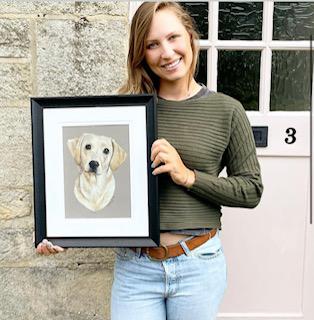
TALENTED wildlife artist Rebecca Gardner (née Spedding) dreamt of becoming a full-time artist when she was a student at Ripon Grammar School.
Following several years of travelling and working as a landscape gardener, animal lover Rebecca finally decided to take a leap of faith four years ago.
Her vibrantly realistic and expressive pet portraits are now so popular the Yorkshire Dales-based artist was soon inundated with requests from as far as New Zealand and the States for her work.
“Art has been my passion since childhood,” she explains. Her pet portraits, which bridge the gap between realism and photography, began as an evening hobby after leaving school but began to take up more time once she posted her work on social media: "That’s where it started to take off, I got lots enquiries."
A keen horse rider and owner of a two-year-old springer spaniel called Maverick, she initially specialised in portraits of much-loved dogs and horses but has also captured cats and created portraits of people with their pets: "The most unusual one I was asked to do was a portrait of a Rottweiler in a suit, which was definitely something different!"
As the fledgling business grew, she expanded her range to include original Yorkshire wildlife artworks and prints, all created using graphite pencil and colour pastel.
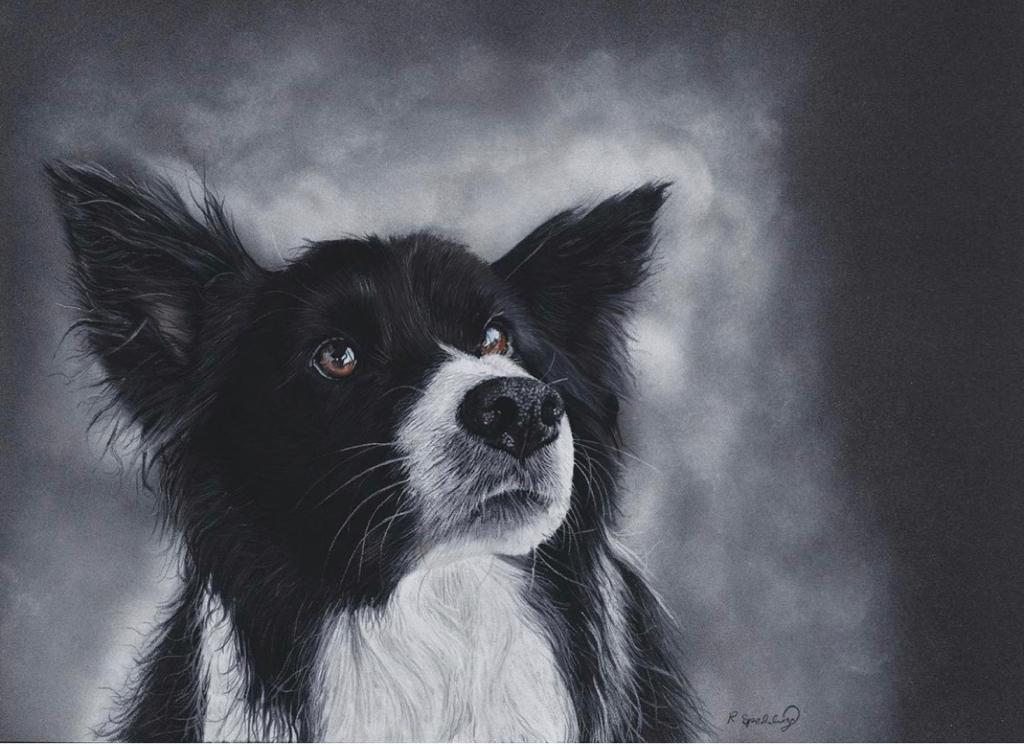
She says: "I started doing commissions in graphite pencils as I loved the simplicity of the tones. Theres something great about a portrait in black and white! Then I tried some colour portraits in pastel and absolutely fell in love with them. Unlike painting, you have so much more control over finer detail, which is great when you are trying to capture all the detail in animals eyes, my favourite bit to draw. I would love to try oil paints soon.
"With pastels it's all about using layers to create realism. You start by smudging blocks of colour, using pastel sticks, into a rough textured paper to allow you to build up lots of layers, then move onto adding details with pastel pencils."
She explains: "Most of the time I draw the portraits from photographs given by the client and do a photoshop mock up for them to see how the final portrait may look.
"The time a portrait takes to complete can vary hugely depending on a lot of factors such as if there is a background of if the animal has an interesting coat. It can take a few months from an enquiry to a final finished portrait. I also offer framing on top as it is so lovely to present a portrait finished ready to hang."
The 28-year-old, who left RGS in 2012, having taken A-levels in art, biology, PE and design technology, recalls particularly enjoying art lessons, where she was encouraged by teacher Mr Duckworth: “He made every class enjoyable. He also helped me so much with pushing myself with my art.”
She says she was also inspired by her school friends: “At Ripon GrammarSchool, there is a great work ethos and my friends were always pushing me and helping me to get the best out of myself.”
*Prices start from £295 (A4) - £620 (A2) depending on size and complexity. Rebecca is offering a ten per cent discount to members of the RGS community.
*Visitwww.rebeccagardnerfineart.com. Quote ‘RGS’ for a 10% discount.
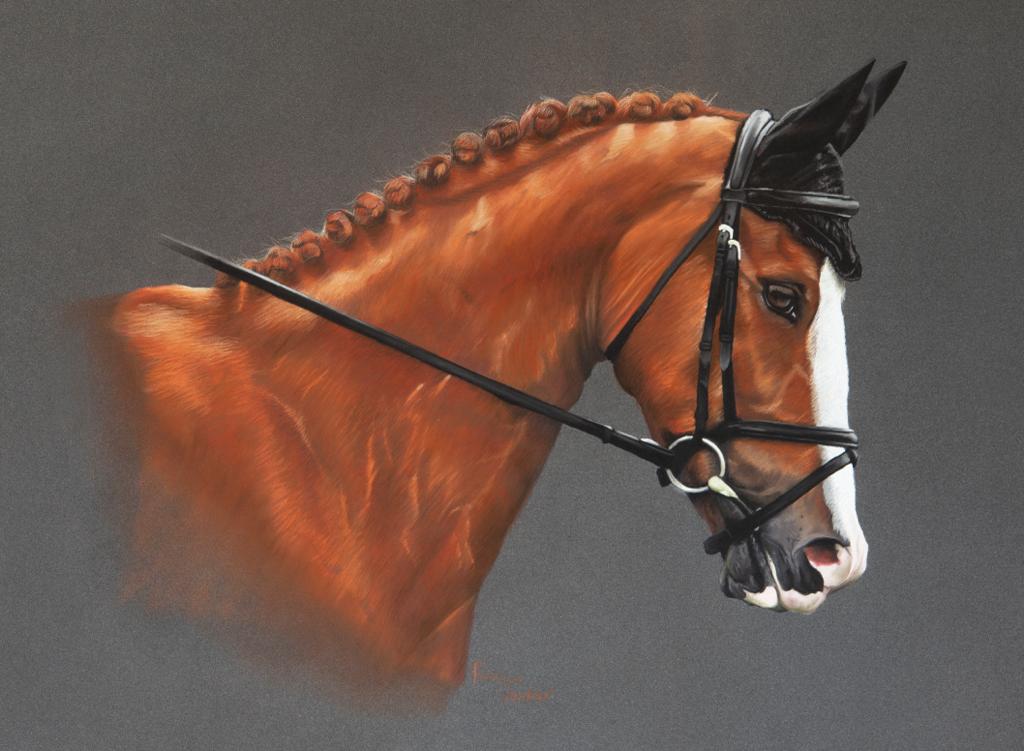
Q: What did you go on to do after leaving RGS?
A: I worked in a bakery for a year and then as a landscape gardener, pursuing my art as a hobby after hours.
In 2018 my partner (now husband) and I decided it was time for an adventure and spent the next two years working and travelling through New Zealand.
Q: What led you to work as an artist full time?
A: When we returned home from our travels in August 2019, I decided it was finally time to turn my hobby into a career, and Rebecca Gardner Fine Art was born.
Q: What is a typical day like?
A: I start the day with walking my two-year-old springer spaniel, followed by dealing with the social media for my art business. The rest of the day is often filled with drawing commissions.
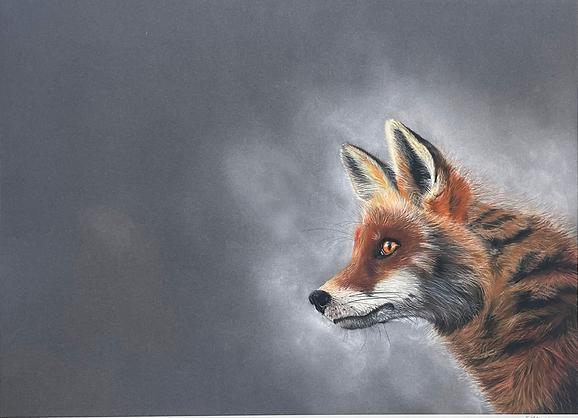
Q: What have been the highlights of your career to date?
A: I have recently diversified my business, adding original artworks and prints to my collection, alongside my commissions. At the first country fair of the year, I sold an original portrait, which was a great confidence boost for a new product range.
Q: What’s the best bit about your job?
A: Seeing people reactions to my artwork and the joy it brings them.
Q: And the worst?
A: Keeping up with the competition in the industry.
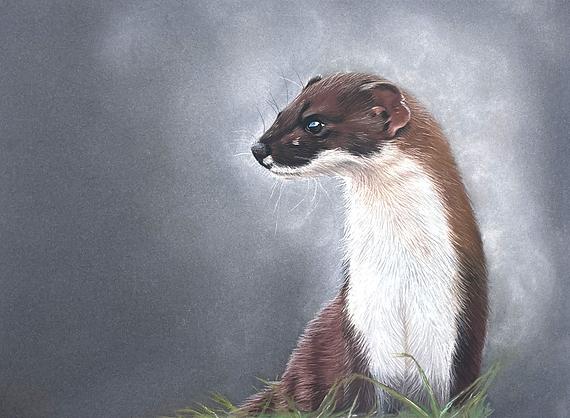
Q: What have been the biggest challenges you’ve faced?
A: Gaining enough confidence in myself to believe in making my art business work and being able to stand out against other artists.
Q: What was the most important lesson you learnt at RGS?
A: To always keep trying and work hard to get where you want to be.
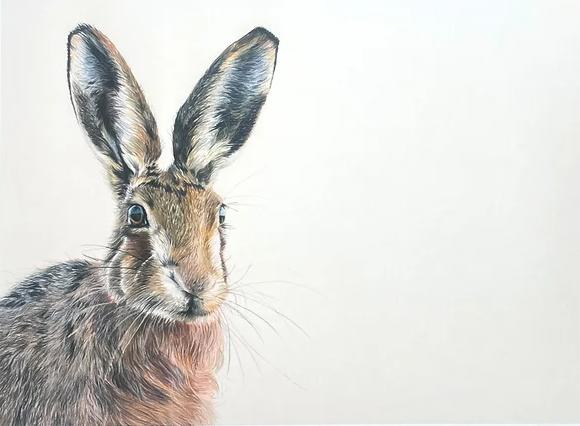
Q: What extra-curricular activities were you involved in while at RGS and how valuable were they?
A: I was heavily involved in all the sports teams at school. It was so valuable for me to play with such great teammates and feel really part of a great group of girls. It also helped build team skills.
I was also a keen horse rider which helped me to learn dedication, perseverance and develop a hardworking ethos.
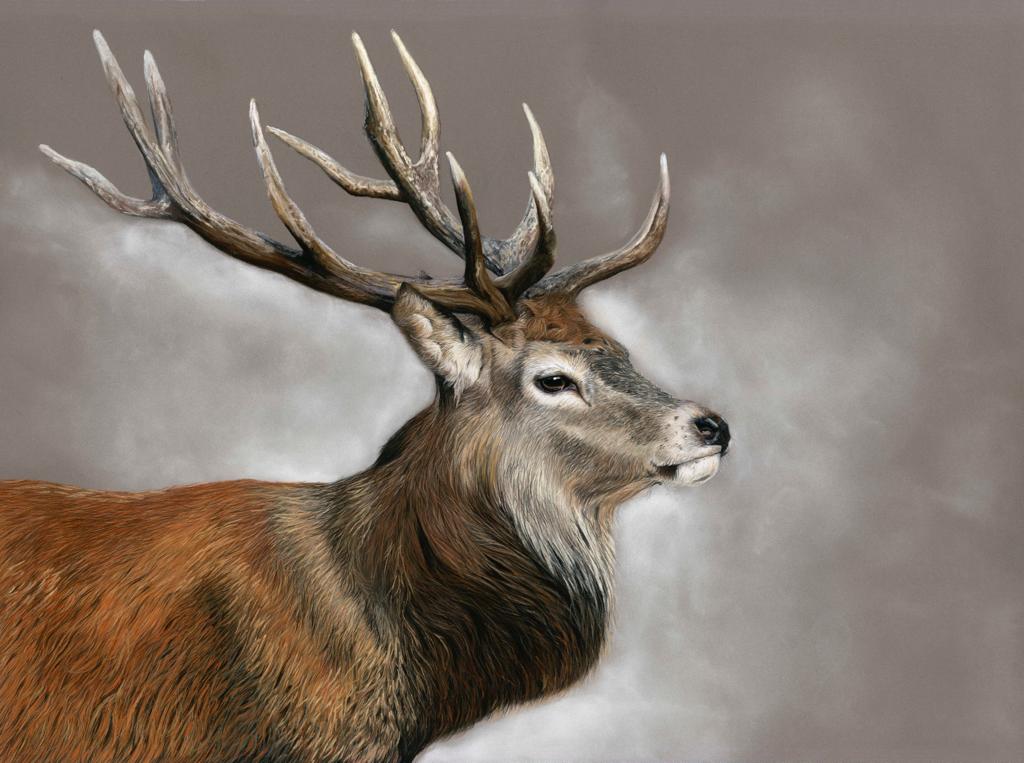
Q: What do you wish you’d known back then?
A: Just that things will always work out so long as you keep persevering. It’svery easy to feel like you’re failing or not doing well enough at school but you realise that things will work out if you find the right path for yourself.
Q: What was your dream when you were at school?
A: To do art full time!
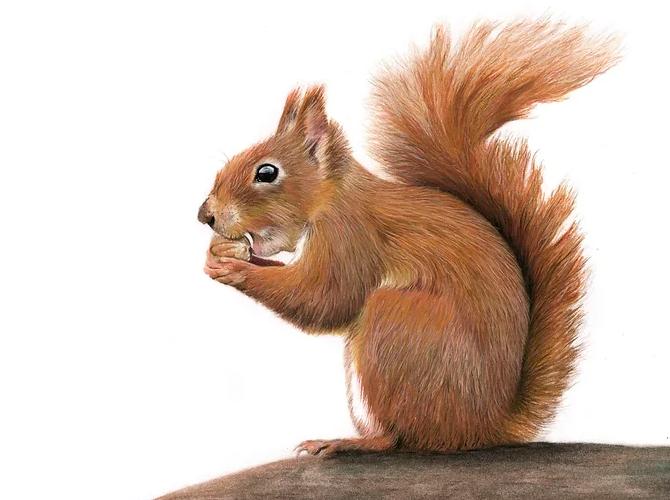
Q: What is the one piece of advice you’d give students interested in following a similar career path?
A: Keep practising your craft, you will always learn new techniques. And keep developing your skills. Try getting people to see your work as much as possible.
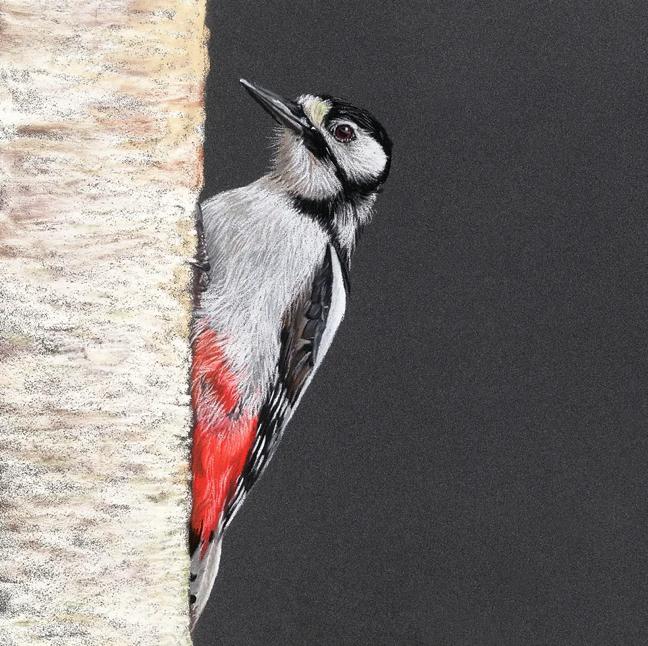
Q: Who or what inspired you when you were at school?
A: My friends; at Ripon Grammar there is a great work ethos and my friends were always pushing me and helping me to get the best out of myself.
Q: Who was your favourite teacher and why?
A: Definitely my art teacher Mr Duckworth, he was so much fun in lessons and made every class enjoyable. He also helped me so much with pushing myself with my art as I always preferred realism, but he showed me how to be more free with how I work.
Q: What are your hopes for the future?
A: To be able to open a shop to sell my artwork in and also be featured in art exhibitions.







